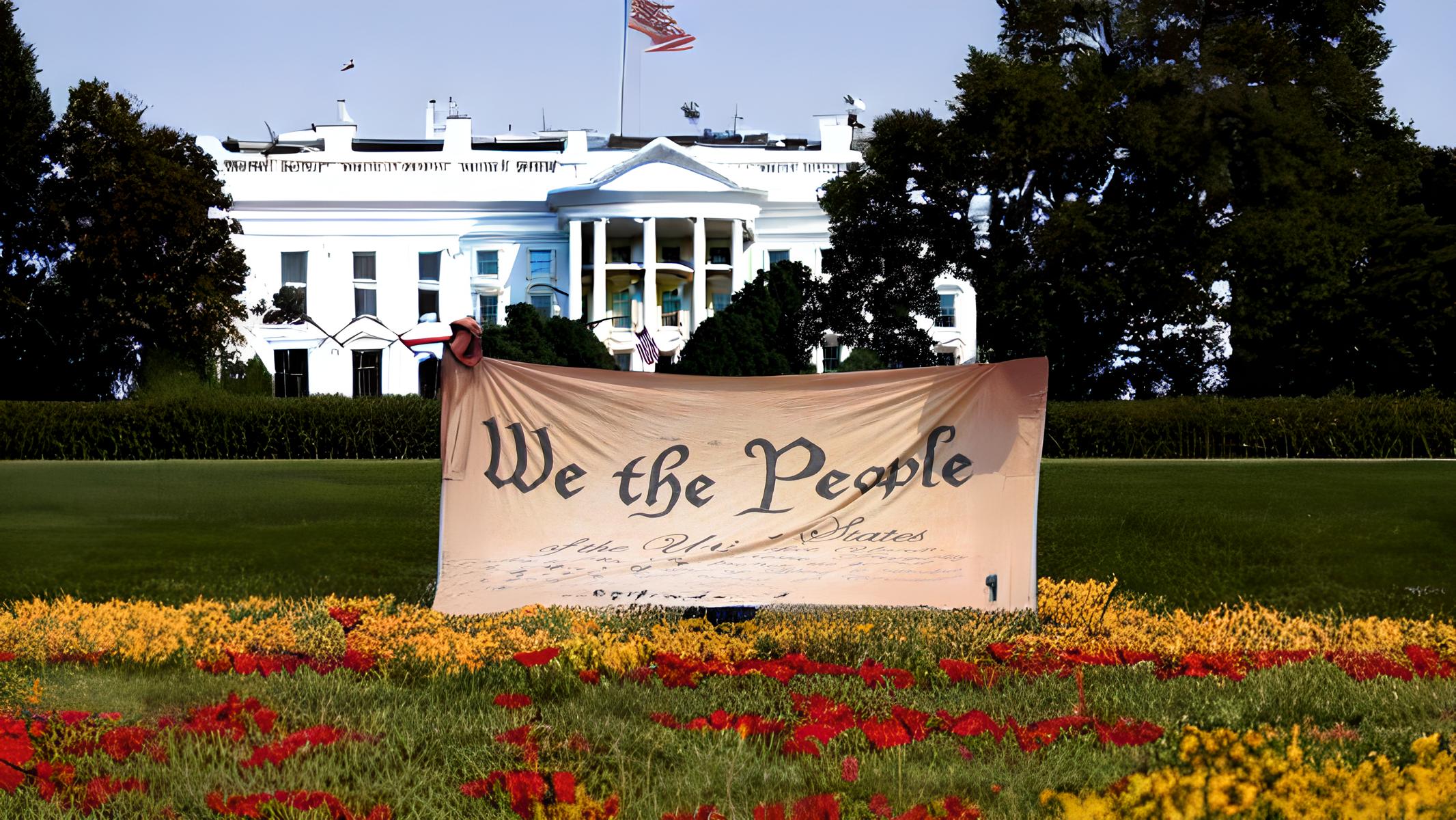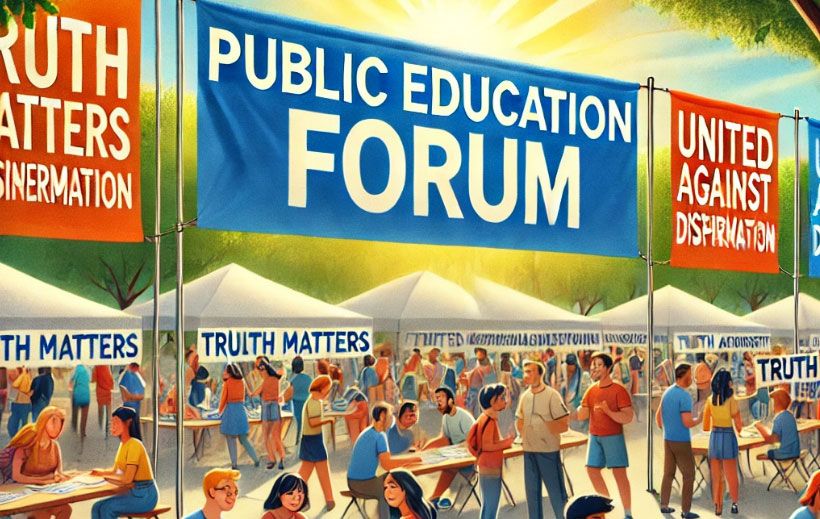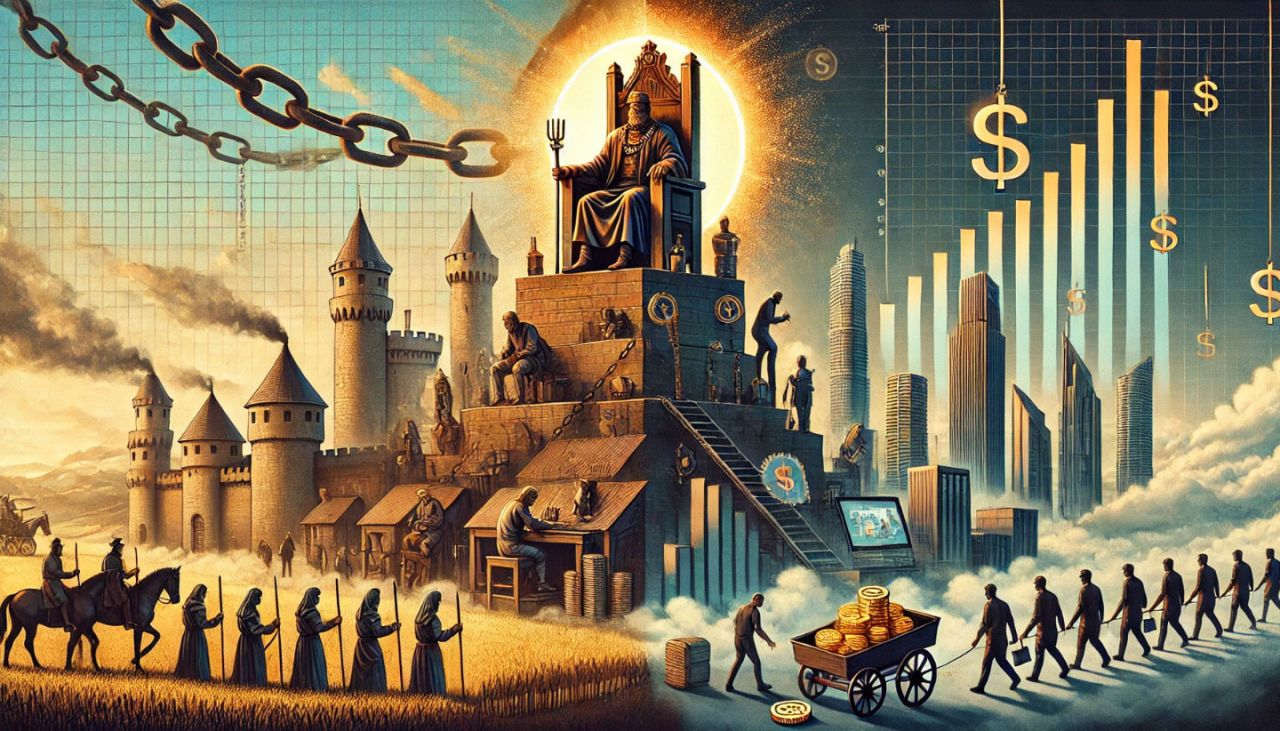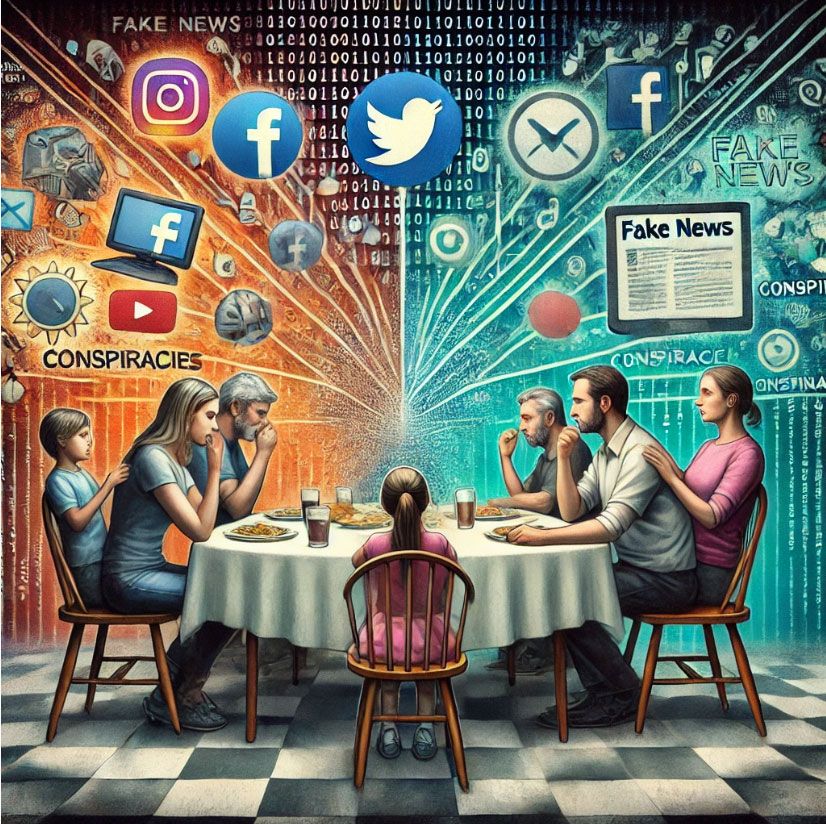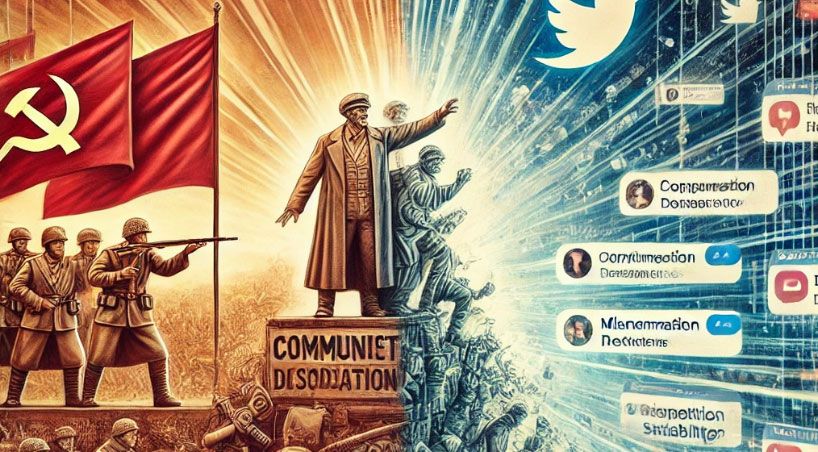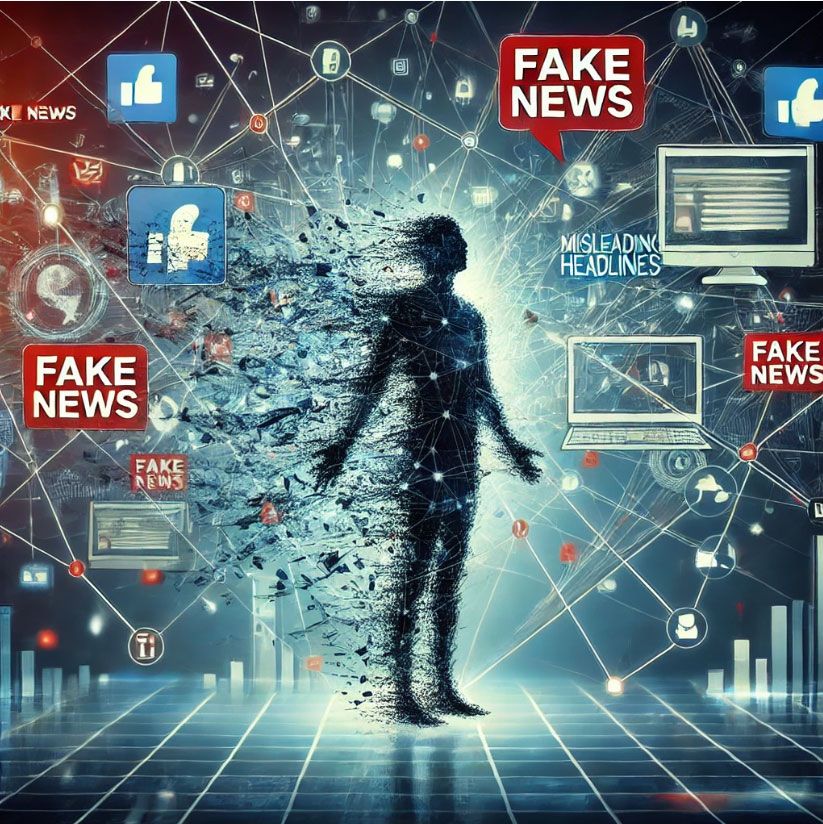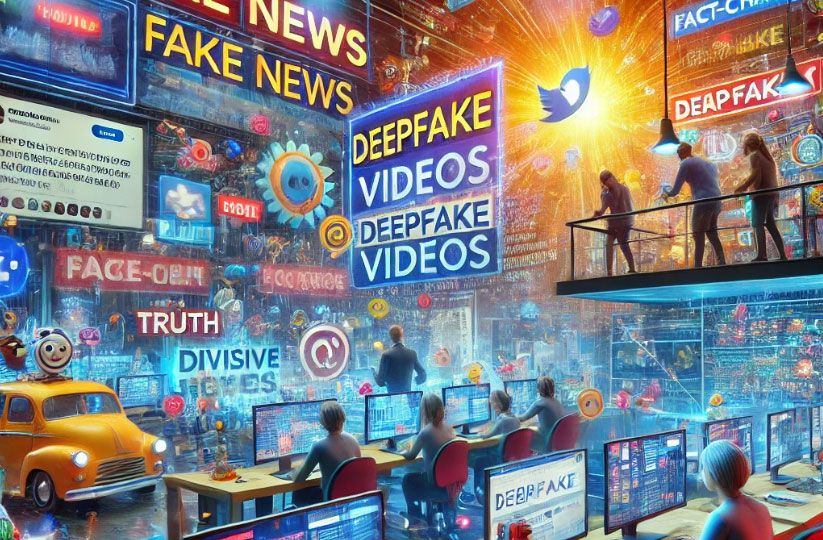He also talked about how disinformation and manipulation are countered successfully outside Russia.
What has been the specific topic of your research?
I am assistant professor at the University of Copenhagen Department of Political Science and Copenhagen Center for Social Data Science, where I do research on political communication and international relations. I wrote my PhD dissertation in 2020 on pro-Kremlin disinformation on social media where I studied things like how does Russian disinformation spread on social media, how widespread is it, and also how is it countered on social media.
How have cartoons become a vehicle for disinformation?
I think it’s becoming more and more apparent that Russia does not only produce propaganda and disinformation on state-controlled television or on the more traditional social media channels. They are trying out different venues and cultural products. Once of them is cartoons and comic books. During the last few years, we have seen multiple new cartoon series that essentially propagandise the Russian state and Russian war effort.
What are these cartoons and who are the producers?
There are multiple products out there. Some of them are produced by the Russian state, while others are produced by Russian non-state actors who have a very close affiliation with the Russian state. A very interesting example is a cartoon series produced by Rybar, which is a relatively famous Russian Telegram channel with over a million of followers that provides updates about the war. They also function as a think tank and describe themselves as an actor, which defends Russian interests at an “information front” – implying an information war with the West. Rybar is, of course, portraying Russia in what they call ‘the correct way’.
On the surface it functions as a grassroots, bottom-up effort of the people who try to understand the war and talk about the war, but they are also in a close and symbiotic relationship with the Russian state. Rybar propagandise the Russian war effort and in return they are supported, either directly or indirectly, by the Russian Ministry of Defence. The content is also distributed by different actors that are associated with the Russian state.
Rybar – a think-tank turned propaganda cartoon producer?
Exactly. Rybar produce their analysis about the war and this is what made them highly cited also in global and even Western media outlets. But on the side, they also produce propaganda content to promote Russian war efforts. These cartoons or comic book series are one of their products. These cartoons are published in both Russian and, among others, also English to reach broader audiences.
[Read more about the origins of the Rybar channel here and their recent efforts including US election activity.]
Are they open about who is financing their work?
Yes, in a way. If you read the cartoon series you would usually see that they’re supported by a fund. If you look closer at that fund, you would often see that it is supported by various Russian state actors, for example, the Russian Ministry of Defence. Sometimes it merely says that they ‘collaborate’ with the Ministry on these products. So, they are relatively open about collaborating with the Russian state, of course, without disclosing exactly how this happens.
What is the content and who are the heroes / main characters?
The cartoon series Odnazhdy (Однажды), which translates roughly to Once Upon a time, that is distributed by the Russian Telegram channel/think tank Rybar, is essentially war stories from Russia’s full-scale invasion of Ukraine. It is a portrayal of Russian soldiers as heroes who are brave, fight for their country and justice, not for money. Unlike the Ukrainian soldiers which in these cartoons series are vilified and portrayed as weak, cowardly, and controlled by the West. Ukraine is depicted as a fake country or a non-country.
In one of the series, there’s a picture of Ukrainian soldiers literally saying that they are fighting for an opportunity to live abroad in the US. This is clear propaganda to simplify the reality by showing Russian soldiers as heroes that protect civilians and Ukrainian soldiers as villains that threaten civilians.
The characters are usually rather flat. The cartoons almost never go in depth with any of the characters. But the underlying message is that Russia is on the good side and Ukraine/the West is on the bad side. This is a message that will likely resonate with a large proportion of the Russian audience.
If we look at different surveys of what Russians actually believe, many people do support the war and do see Russia on the right side. These cartoons cater to these individuals who are already pro-war and try to promote the military and Russia’s war effort.
Could you describe one cartoon or episode which made a particular impression?
In the Odnazhdy series, one scene is about civilians in the war zone in Ukraine. Women who are hiding in their homes are relieved that there are no Ukrainian soldiers nearby and they’re considering whether they should leave the war zone for safety or not. In the next scene, we see Ukrainian soldiers drive in with their combat vehicles and a Ukrainian soldier entering the home of these civilian women. It is insinuated graphically that this Ukrainian soldier wants to commit acts of sexual violence against these civilians. The women escape from this ‘evil Ukrainian soldier’ but as they are driving away in a civilian car they get attacked by other Ukrainian soldiers. Then, out of nowhere, a Russian helicopter appears in the sky and tries to ‘heroically’ tries to save the civilians from the ‘evil Ukrainian soldiers’. In this propaganda narrative one of the Russian pilots is shot down, and there is a scene where he ‘heroically’ makes his last stand against the Ukrainians. In this scene he looks like Chuck Norris and the underlying message is pretty clear – Russian soldiers are fighting this war sacrificing themselves to protect civilians against the ‘evil Ukrainians’.
How and where are these cartoons distributed in Russia?
Rybar and their cartoon series Odnazhdy (Однажды), about war stories and the full-scale invasion, they distribute these cartoons on Rybar’s website. They also claim that Rybar gets help with distributing these cartoons by other actors and organisations linked to the Russian state. There are reports of ministries in Russia distributing similar cartoons in schools or through art exhibitions where some of these pro-war cartoons and comics are shown on trains that travel throughout Russia.
Who is the main target audience?
If you look at broader Russian propaganda efforts to spread such cartoons, there are reports of distribution to schoolchildren. But they’re not only for children. They cater to a younger audience. This is a very important detail because among the younger generations in Russia there is some support for the war and for the Russian regime. But not as high as among the older generations. Younger generations in Russia have a lower consumption of Russian state-controlled news outlets like TV, radio and newspapers. They are more on social media. During the last years, Russian authorities focussed heavily on the propaganda effort towards younger generations. They focus on making computer games, on changing school syllabi and schoolbooks, on extracurricular activities after school to try to promote the Russian war effort. This suggests that these cartoon series are part of a broader effort to target younger demographics.
Do you expect more cartoons or similar products?
Yes. The Russian state propaganda effort during the last few years illustrates that the government is willing to fund more cultural products that promote certain topics and themes and is part of what they sometimes call ‘military patriotic education’.
The Russian government is openly stressing that they want to promote cultural products that support the war. The most obvious example is the film industry, but they [also] promote the production of Russian games and other cultural products. Making propaganda in cartoon book series and other similar products that speak to younger generations are the next obvious steps after films, games, and pop music.
How do you assess the effects of these cartoons?
It’s difficult to determine the effect of these specific cartoons on political attitudes, but if we look at broader research in political communication, political advertisement or political campaigns, it is clear that shifting people’s views and attitudes with political advertisements alone is very difficult. In the short-term, it is easier to appeal to people who already believe in something to make them believe in it even more.
If we just focus on the effects of one or a few political cartoons or comic series, we’re missing the main point because these products are only drops in a much larger ocean of propaganda that begins with kindergarten and continues onto the streets with billboards, TV stations, radio, newspapers, creating games, and pop culture. We know much less about the effects of these larger propaganda efforts. But if we look at surveys on what Russians actually believe and how they view the world, those beliefs are often very much aligned with what is shown on state propaganda channels.
What is the difference between doing stand-alone campaigns to sway public opinion versus more comprehensive communication or propaganda efforts?
When we talk about propaganda in a Western context, people often talk about propaganda campaigns as something that has a start date and end date. For example, a propaganda campaign to influence people’s opinions about a specific election. However, if we look at propaganda in Russia targeting the Russian domestic population, the propaganda effort is much more total.
Russian propaganda does not have a start date and an end date. It is designed in a more continuous and more total manner. It begins in kindergarten where you learn about Ukraine and you learn about the ‘evil West’ and so on. It continues in Primary School. It continues on the street where you see billboards promoting the war and trying to recruit young people into the army. It continues on the radio. It continues on TV and even in mundane conversations between individuals. In some cases, Russian propaganda is made to engulf the individual totally and not leave any space and time to reflect and to question or doubt the messages you have been hearing for decades.
Looking at research on propaganda going back to the Cold War, for example, one of the key authors on propaganda theories, Jacques Ellul, a French sociologist and philosopher, talked about propaganda as a total societal effort, not propaganda campaigns. If propaganda is to be effective, it has to engulf the individual psychologically to convince you that you’re on the right side of history, that the war will end very soon, that everything is good and the enemy is bad, etc. This has to be done through multiple media sources. This is essentially, what is happening now in Russia.
We tend to focus on social media campaigns, but this is only one part of the picture. The Russian State tries to disseminate propaganda through almost any social media platform they can and through almost any offline media or outlet they can. The use of social media by the Russian state today is part of a longer trend where the Russian government gradually established control over mainstream established media like TV and radio throughout the 2000s, but then realised that there was this thing called the internet that provided an alternative sphere to the state-controlled media. So, now they gradually try to establish control also over social media, in order to ensure this totality of effort.
What are your main findings regarding Russian state-controlled outlets’ efforts to manipulate the information space and who counters this?
I’ve been doing research on the spread of pro-Kremlin disinformation on social media. If you look at Western social media, pro-Kremlin disinformation is not always as widespread as one could think it is. Often it is actually outperformed by those who counter disinformation. Naturally, this may vary from platform to platform.
Another one of my main findings is that if we look at who is behind the countering of disinformation on social media, it is often non-state actors, like journalists and bloggers who perform an important function in shaping what we see and do not see on social media.
Could you give some examples of these efforts to manipulate the information space?
You can go back to the beginning of the war, which arguably began in 2014 with Russia’s invasion of Ukraine. One of the first important events that put the war on the map was the downing of the MH-17 civilian airliner flying from the Netherlands to Malaysia. It was shot down in southeast Ukraine. The big issue was, who shot down the plane? Was it Russia or was it Ukraine? Now we know, based on international investigation, that it was downed by Russian separatists. But at the time there was confusion and a lot of disinformation about it.
The spread of disinformation on Twitter, for example, showed that roughly 5-6% of the tweets about the downing were spreading Russian state disinformation. But for each disinformation tweet, there was a much larger wave of counter-disinformation that argued against Moscow’s disinformation. This effort was largely driven by citizen accounts, by journalists, by open-source intelligence enthusiasts, etc.
So, Russia is not ‘Ten Feet tall’ and we need not despair and feel overwhelmed by disinformation because we can do something against information manipulation?
Exactly. This was based on research on Twitter at a different time when Twitter also did more effort in fighting dis- and misinformation on their platform. It is a bit more difficult to say to which extent this generalises to X, after the platform was bought by Elon Musk.
How do you assess the level of control by Russian authorities over the domestic information space today?
It is very vast and very deep. Russian authorities have control over TV which still to this day is an important source of information for a large group of Russians. Most big TV channels are either state-controlled or state-loyal. They have eradicated the last, larger independent news outlets, which are now exiled outside of Russia because they had to flee to avoid being imprisoned since.
Now the Kremlin is fighting for the control of the internet both through censorship laws that can punish individuals with prison sentences for contradicting Russian state-driven propaganda narratives, but also through populating social media, i.e. Telegram channels and other social media platforms.
Russia already had a very impressive online censorship infrastructure before 2022. After the full-scale invasion of Ukraine in February 2022, Russian authorities blocked Facebook and Instagram, slowed down Twitter, and more recently are also trying to slow down YouTube. They are trying to kind of repeat what Chinese authorities did some years earlier. They are trying to push Russian audiences from Western social media platforms to Russian social media platforms that comply with Russian laws and Russian censorship policies.
Is this effort to populate the information space an attempt at ‘information flooding’, pushing quality content aside?
Definitely. If we look back at 2011 and before that, there was a discussion among scholars who follow Russian media that there is the established media that promote the state and definitely do not give much air time to opposition views.
Then there were internet outlets that were used by the opposition to facilitate organising protests. Seeing that the Russian government cannot gain power by censoring established media alone, they increased their effort in flooding the online sphere with both fake [inauthentic] accounts and online outlets used for pro-state disinformation. If we go forward in time to now, there are hundreds of channels on social media that promote the government, that promote Russia’s war effort. Some of it is driven by the state but some of it is also driven by non-state actors that want to support the Russian state.
Read our earlier articles on Russian computer games here and here, about school books here and here, about historical revisionism here, and about the militarisation of parades here.
The post Russian cartoons – another weapon in the war against Ukraine appeared first on EUvsDisinfo.
Content Original Link:
https://euvsdisinfo.eu/russian-cartoons-another-weapon-in-the-war-against-ukraine/


